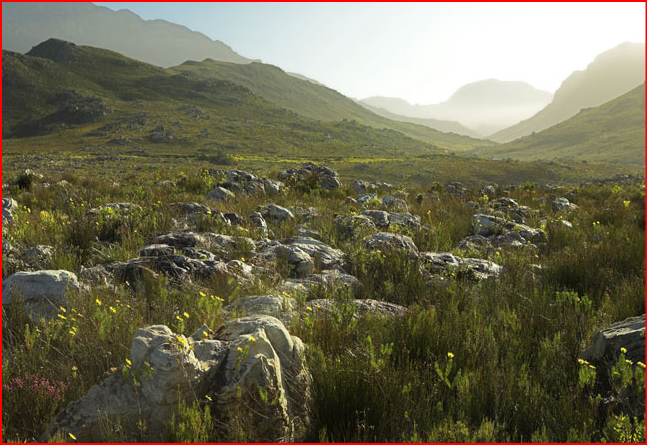Personal Information
Personal Information
Kogelberg Biosphere Reserve is situated in the Western Cape Province, 40 km from Cape Town. This first South African Biosphere Reserve and covers 1036,29 square kilometers. More than 80% consist of mountainous landscape with high mountain peaks and deep valleys to gentle hills and lower mountain slopes. The remaining area is made up of a gently rolling coastal plain as well as a marine part that covers some 245 square kilometers.
Founded as a Missionary Station in 1826, King William’s Town later (after 1835) served as a military headquarters for British Kaffraria and as a centre for German settlement, before officially becoming a Town in 1861.
Steenbras Nature Reserve includes: The well-known Steenbras River Gorge and Crystal Pools Hiking Trail. These are very popular destinations for abseiling, kloof jumping and swimming in the rock pools. The Danie Miller Hiking Trail and the Klipspringer Hiking Trails- ''Can also be investigated in Further Reading!'
Somerset West It is situated in the Hottentots Holland, mountians area, which is right in the heart of the Cape Winelands. Somerset West is situated in the Hottentots Holland area, about a 30 minute drive from Cape Town along the N2 (national road).
